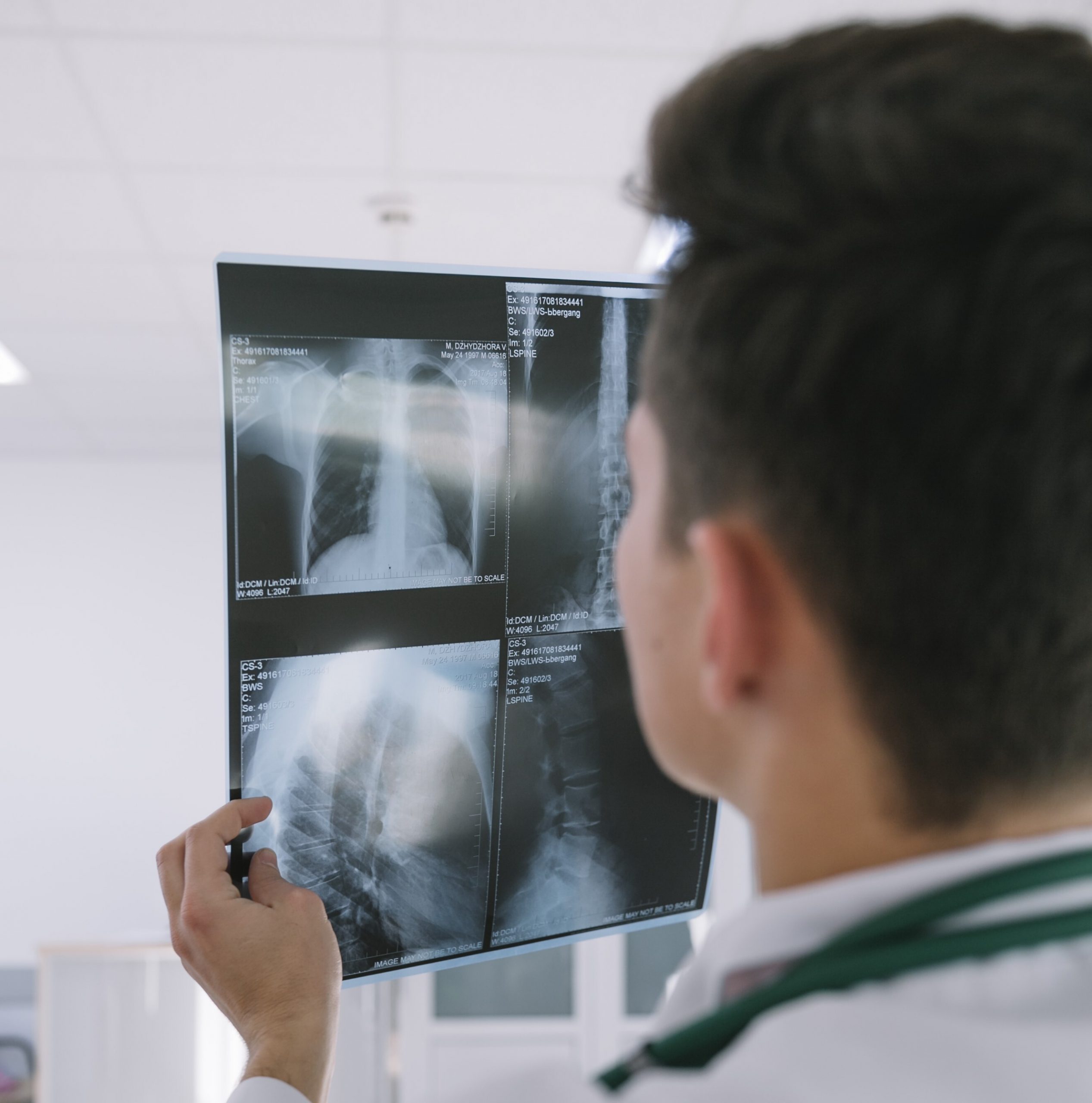

LATEST NEWS
What Causes Back Pain?
LifeCare Diagnostic
July 2, 2021
Back pain is a common issue among many. Its symptoms vary among individuals–muscle ache, shooting or stabbing pain, pain that radiates down your leg, pain that worsens with bending, lifting, standing or walking, and pain that improves with reclining. But did you know there are various causes to your back pain?
Muscle or ligament strain
Repeated heavy lifting or a sudden awkward movement can strain back muscles and spinal ligaments. If you’re in poor physical condition, constant strain on your back can cause painful muscle spasms.
Bulging or ruptured discs
Discs act as cushions between the bones (vertebrae) in your spine. The soft material inside a disc can bulge or rupture and press on a nerve. However, you can have a bulging or ruptured disc without back pain. Disc disease is often found incidentally when you have spine X-rays for some other reason.
Arthritis
Osteoarthritis can affect the lower back. In some cases, arthritis in the spine can lead to a narrowing of the space around the spinal cord, a condition called spinal stenosis.
Skeletal irregularities
A condition in which your spine curves to the side (scoliosis) can also lead to back pain, but generally not until middle age.
Osteoporosis
Your spine’s vertebrae can develop compression fractures if your bones become porous and brittle.


When do you need to see a doctor for back pain
(red flag symptoms)?
What investigations are done for back pain?
- Causes new bowel or bladder problems.
- Accompanied by fever.
- Follows a fall, blow to your back or other injury.
- Is severe and doesn’t improve with rest.
- Spreads down one or both legs, especially if the pain extends below the knee.
- Causes weakness, numbness or tingling in one or both legs.
- Is accompanied by unexplained weight loss.
- X-rays of the back.
- CT scan.
- Bone scan.
- MRI scan.
- Myelogram.
- Electrical tests such as electromyography ( EMG )
- Nerve conduction studies (NCV).

When do you need to see a doctor for back pain
(red flag symptoms)?
- Causes new bowel or bladder problems.
- Accompanied by fever.
- Follows a fall, blow to your back or other injury.
- Is severe and doesn’t improve with rest.
- Spreads down one or both legs, especially if the pain extends below the knee.
- Causes weakness, numbness or tingling in one or both legs.
- Is accompanied by unexplained weight loss.

What investigations are done for back pain?
- X-rays of the back.
- CT scan.
- Bone scan.
- MRI scan.
- Myelogram.
- Electrical tests such as electromyography ( EMG )
- Nerve conduction studies (NCV).
Once the diagnosis has been ascertained, therapy can then be directed at the cause of back pain. The treatment of back pain depends on its precise cause.
Treatment options include rest, heat or cold applications, traction, leg traction, bed rest, physical therapy ( ultrasound , massage, manipulation), local injections of cortisone or anesthetics, topical anesthetic creams, topical pain-relief patches, muscle relaxants, over-the-counter anti-inflammatory medication, and surgical procedures.
There are also self-care measures for treatment, such as jacuzzi treatment, back pain relief exercises and stretches. Surgical options are typically reserved for herniated / prolapsed discs with symptoms.
How do you prevent back pain?
You might avoid back pain or prevent its recurrence by improving your physical condition and learning and practicing proper body mechanics.
To keep your back healthy and strong, here are some suggestions:
Exercise
Regular low-impact aerobic activities–those that don’t strain or jolt your back–can increase strength and endurance in your back and allow your muscles to function better. Walking and swimming are good choices.
Build muscle strength and flexibility
Abdominal and back muscle exercises, which strengthen your core, help condition these muscles so that they work together like a natural corset for your back. Flexibility in your hips and upper legs aligns your pelvic bones to improve how your back feels.
Maintain a healthy weight
Being overweight strains back muscles. If you’re overweight, trimming down can prevent back pain.
Avoid movements that twist or strain your back. Use your body properly
Stand smart. Don’t slouch. Maintain a neutral pelvic position. If you must stand for long periods, place one foot on a low footstool to take some of the load off your lower back. Alternate feet. Good posture can reduce the stress on back muscles.
Sit smart
Choose a seat with good lower back support, armrests and a swivel base. Placing a pillow or rolled towel in the small of your back can maintain its normal curve. Keep your knees and hips level. Change your position frequently, at least every half hour.
Lift smart
Avoid heavy lifting, if possible, but if you must lift something heavy, let your legs do the work. Keep your back straight–no twisting–and bend only at the knees. Hold the load close to your body. Find a lifting partner if the object is heavy or awkward.
And lastly, quit smoking to keep your back healthy and strong.
Some of you may think seeing a doctor due to back pain is unnecessary, however, you should take preventive measures by speaking with our doctors if you experience any red flag symptoms. You can also do an MRI Imaging which allows better evaluation of your back pain: https://bit.ly/3x8Ca9C Do not ignore the pain, take action and feel better soon!



